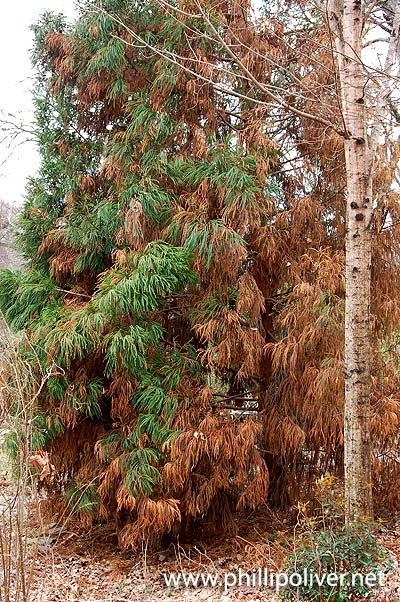Plants People Ask About
Galega x hartlandii 'Lady Wilson' On Monday, our garden was included in the HPSO Study Weekend. This is a four-day event that includes speakers, plant/art sales and garden tours. The event rotates every two years between the cities of Portland, Seattle, Victoria B.C. and Vancouver B.C. It will be 2033 before Portland hosts again. I toured the Portland gardens on Friday and Saturday and will share some photos in my next post. The weather was perfect on those days. Not so much on Monday, the day for the Vancouver, Washington gardens tour, and by late afternoon, the temperature had reached 94. However, it wasn't too bad in the first part of the day, and that's when we received the most visitors. We didn't have an exact count, but making an estimate based on our guestbook, I would say around 200 people. It was a hectic but fun day! We had a lot of visitors from Seattle and areas north of us as attendees were making their way home. Every time we open our garden, there ...


I would recommend going over the dead grass with a hard rake to remove some of the dead grass and help loosen the soil a touch before you add the compost and other ingredients so the seeds and or roots of the new grass will have better contact with the soil below.
ReplyDeleteThanks Christopher! Actually I've gone over it with my tiller. I'm buying the seed, lime and fertilizer today and hope to get it planted. I'm not convinced that the dead bermuda is actually dead. I don't think you can kill that stuff! It is evil.
ReplyDeleteA tiller is even better.
ReplyDeleteBermuda grass in Hawaii must have been wimpy. Yes some places it could get out of control, but Ornamec would take care of it. For the most part it wasn't much of a problem and was the absolute worst grass for a lawn.
Two things that I do up here for grass is use enough seed and then (like you said) don't let it dry out. The other thing I usually do is use sod ;-)
ReplyDeleteHey Phillip, I read your other post first so I know you are will on your way to a wonderful lawn. I agree with you I don't like a lot of grass but to me some adds structure or continuity to a garden. I also have to say I love the bones and maturity of your garden. You have done a great job. Cliff
ReplyDelete